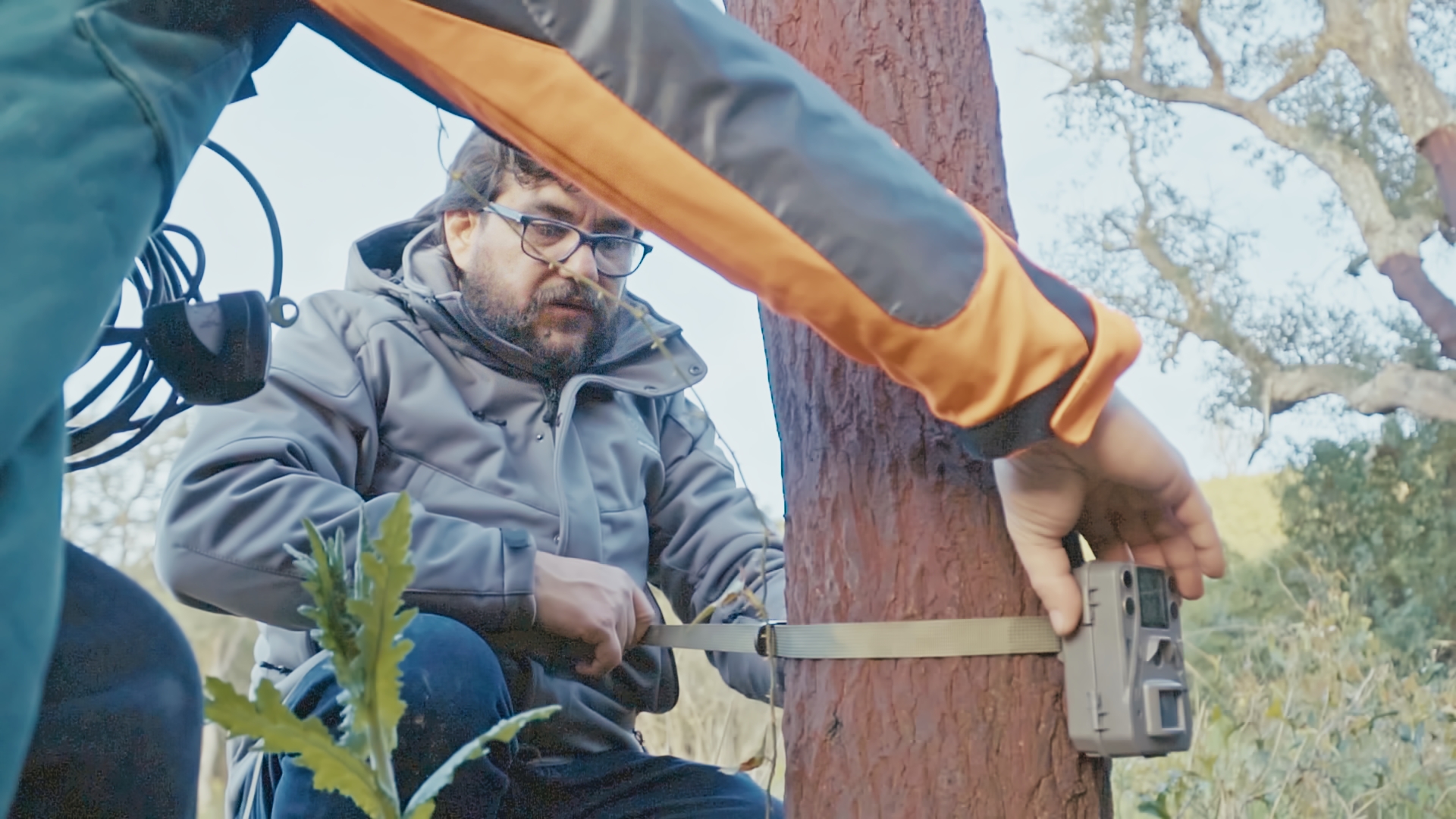Biodiversity Credits
A Tool for Conservation and Sustainability
Biodiversity is one of the main focuses of Life Terra’s reforestation and restoration of degraded land projects.
Integrating it into carbon offset projects enhances environmental, social, and economic benefits, contributing to more holistic nature-based solutions to face climate change and land degradation.
At Life Terra, we work with Biodiversity Credits obtained from our professional tree-planting projects in more than 25 countries in Europe.

What Are Biodiversity Credits?
Biodiversity Credits are innovative instruments that convert ecological improvements into measurable and tradable assets. These credits recognize and reward actions aimed at conserving, restoring, and managing ecosystems sustainably. Essentially, each credit represents a specific unit of enhancement—such as habitat restoration, increased species diversity, or improved ecosystem functionality—providing a tangible measure of nature’s regenerated value.
This approach not only stimulates environmental stewardship but also transforms natural capital into an economic asset, paving the way for market-driven conservation initiatives.
How are biodiversity credits obtained?
We work in collaboration with NAT5 to verify and issue biodiversity credits. NAT5 leads in developing the methodologies for biodiversity credits (via documents like the aOCP Methodology, Manual, and Framework) and integrates cutting-edge technologies for transparency. Their work not only supports accurate credit issuance but also informs policy and drives systemic change in conservation practices.
The issuance procedure relies on scientifically validated methodologies and follows a rigorous, step-by-step approach:
Baseline Assessment: Before any conservation or restoration action begins, a detailed assessment is conducted to document the current state of biodiversity. This baseline study utilizes on-site surveys, satellite imagery, and ecological models to establish the reference points against which future improvements will be measured.
2. Project Implementation and Monitoring: Once the baseline is defined, active conservation measures are implemented. Continuous monitoring is carried out using standardized methods detailed in key documents. These protocols ensure that any ecological changes are recorded in a consistent and reproducible manner.

3. Credit Quantification and Calculation: Following data collection, the measured improvements in biodiversity are quantified in line with specific criteria and metrics. Standards assign a clear value to each unit of ecological enhancement, which is then represented as biodiversity credits.

4. Independent Verification and Certification: To ensure accuracy and transparency, independent third-party certification bodies verify that projects have complied with the established methodologies and that the improvements are both real and quantifiable. This external verification is essential for aligning the credits with recognized international frameworks.
5. Registration and Final Issuance: Once verified, biodiversity credits are issued and recorded within a transparent registry, often supported by technologies such as blockchain. This ensures full traceability, making the history of each credit immutable throughout its lifecycle.
Why invest in biodiversity credits?
Biodiversity credits can provide multiple benefits for your company:
Economic and Financial Incentives: By converting ecological enhancements into marketable credits, landowners, investors, and project developers are financially rewarded, which encourages further investments in biodiversity restoration and sustainable land use.
Alignment with Global Sustainability Goals: Biodiversity credits directly contribute to achieving key global objectives, such as combating climate change and preserving natural ecosystems, and supporting a wide range of sustainability initiatives and policies.

Increased Value of Ecosystems: they provide a wider perspective to ecological restoration efforts, making the final value of the restoration rise and allowing it to be more realistic and on par with the true worth of sustainable action and healthy ecosystems. Furthermore, good environmental practices are rewarded.
Catalyst for Market-Driven Conservation: By turning ecological benefits into economic assets, Biodiversity credits promote a market-based approach that makes conservation financially viable and scalable. This approach transforms environmental stewardship into a mainstream investment strategy that supports long-term ecological resilience.

